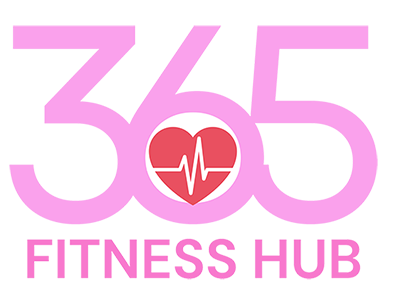Dance Your Way to Fitness: Why Dance is a Superb Cardio Workout
Introduction:
Dance has been an integral part of human culture for centuries, serving as a form of expression, celebration, and entertainment. Beyond its artistic and cultural significance, dance also offers numerous health benefits, particularly as a cardio workout. In this article, we explore how dance can be a superb cardio exercise, promoting cardiovascular health, weight management, and overall well-being.
Engages the Entire Body:
Unlike some cardio exercises that primarily target specific muscle groups, dance engages the entire body. From head to toe, various muscle groups are activated and strengthened through movements such as twisting, bending, jumping, and stretching. This comprehensive workout not only improves muscle tone but also enhances flexibility, coordination, and balance.
Elevates Heart Rate:
One of the key components of a cardio workout is elevating the heart rate to improve cardiovascular health. Dance achieves this effortlessly through its dynamic and rhythmic movements. Whether it’s salsa, hip-hop, ballet, or Zumba, dancing involves continuous movement patterns that get the heart pumping and the blood flowing. Regular participation in dance can help strengthen the heart, lower blood pressure, and reduce the risk of heart disease.
Burns Calories:
For those looking to manage their weight or burn extra calories, dance offers an effective solution. Depending on the intensity and duration of the dance session, individuals can burn a significant number of calories. High-energy dance styles like aerobics or dance-based fitness classes can torch calories rapidly, making it an efficient way to achieve weight loss or weight maintenance goals. Moreover, the enjoyment factor of dancing makes it easier to sustain as a long-term fitness regimen compared to traditional workouts.
Boosts Mood and Mental Health:
Dance is not just a physical activity; it’s also a mood enhancer and stress reliever. The rhythmic movements and uplifting music associated with dance have been shown to stimulate the release of endorphins, the body’s natural feel-good chemicals. This can help alleviate symptoms of anxiety, depression, and stress, promoting overall mental well-being. Additionally, the social aspect of dancing, whether in group classes or social dance events, fosters a sense of connection and camaraderie, further enhancing mood and emotional resilience.
Customizable and Accessible:
One of the greatest advantages of dance as a cardio workout is its versatility and accessibility. With countless dance styles to choose from, individuals can find a form of dance that suits their preferences, fitness level, and goals. Whether it’s a high-energy Latin dance class, a graceful ballet session, or a fun-filled line dancing session, there’s something for everyone. Furthermore, dance can be done virtually anywhere – from the comfort of your own home to dance studios, parks, or even nightclubs.
Conclusion:
Dance offers a unique and enjoyable way to achieve cardiovascular fitness, improve overall health, and enhance quality of life. Whether you’re a seasoned dancer or a novice, incorporating dance into your fitness routine can yield significant benefits for both body and mind. So put on your dancing shoes, turn up the music, and let the rhythm guide you on your journey to better health and fitness.

